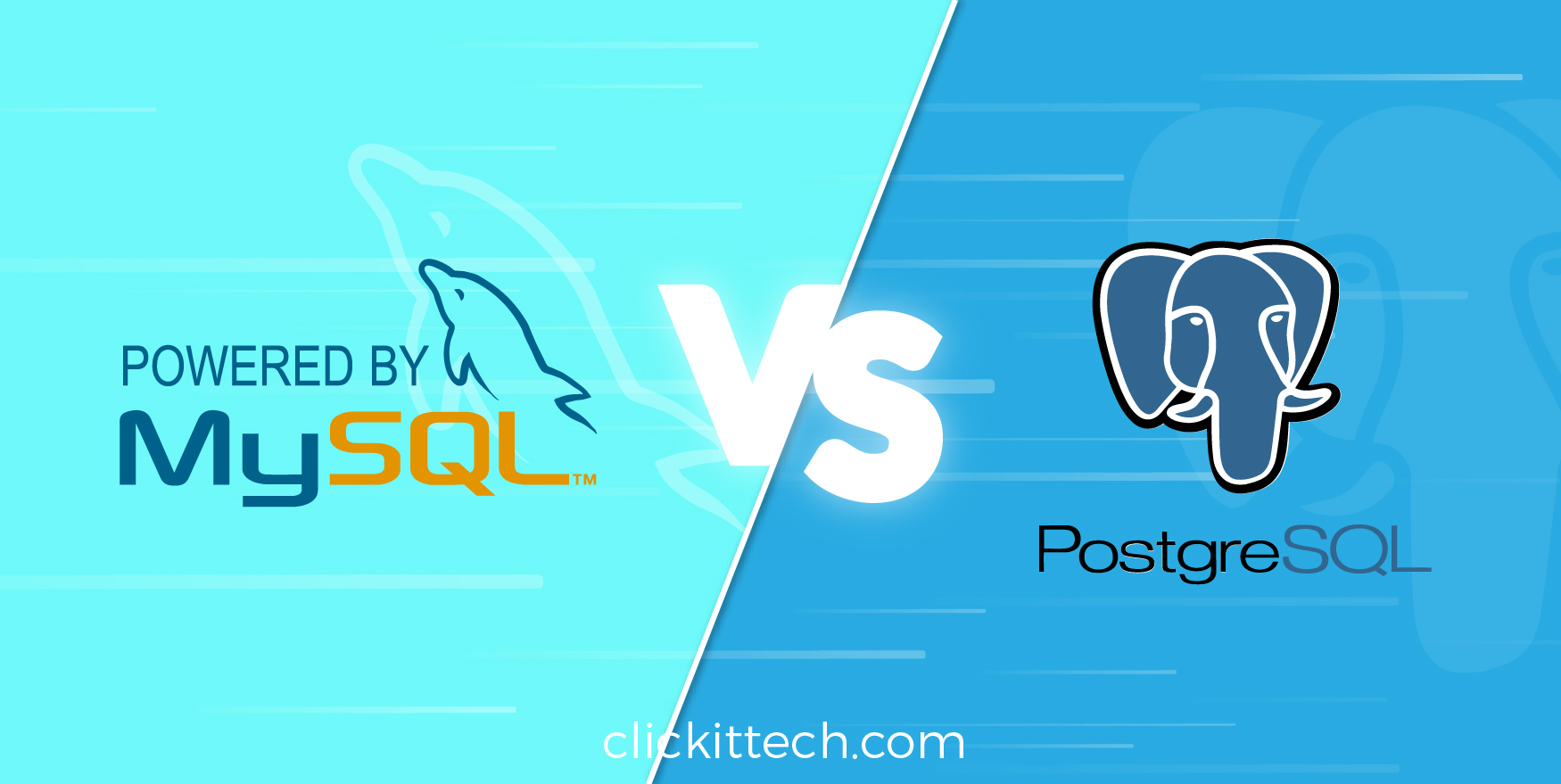


For this demonstration, we are using a single MySQL server, but we can place the partitions on other MySQL servers as well. $ mysql CREATE TABLE LINEITEM_1 AS SELECT * FROM LINEITEM WHERE l_shipdate = '' AND l_shipdate = '' AND l_shipdate = '' AND l_shipdate = '' AND l_shipdate = '' Let’s create it in MySQL and fill it with some data: For this demo, we will use LINEITEM table, from the standard TPC-H benchmarks. The architecture that we will work on will look like this:įirst we assume that you have MySQL, PostgreSQL, Citus and mysql_fdw installed. Run a query on the master Citus node and see that it correctly fetches the data from MySQL tables in parallel.Connect the distributed table shards to the corresponding MySQL tables.Create a distributed table in PostgreSQL with Citus.Partition the MySQL table into smaller MySQL tables.Create a MySQL table and fill it with some data.In this blog post we will see how PostgreSQL and Citus can help us to scale out existing MySQL data.
POSTGRES VS MYSQL 2016 FREE
Feel free to try this at home, but use caution before advancing it to production. Note that this tutorial is experimental work. Before we get to the meat of it, we would like to thank Eugen Konkov for his interesting question on StackOverflow and inspiring us. PostgreSQL is a database system that provides the secure data storage and recovering of information according to the app needs. Fortunately, Citus can solve your problems with the help of mysql_fdw. Imagine having you have a very large and growing table in MySQL on which queries are taking and longer and longer. Combined with Citus’ scalability features, we can even leverage them to help us scale out those data stores where might otherwise be quite difficult. FDWs allow us to interact from within Postgres directly with other data stores such as hdfs, columnar stores, mysql, etc. One particular category of extensions is Foreign Data Wrappers or FDWs. PostgreSQL is known for its great extensibility and powerful plugins.


 0 kommentar(er)
0 kommentar(er)
